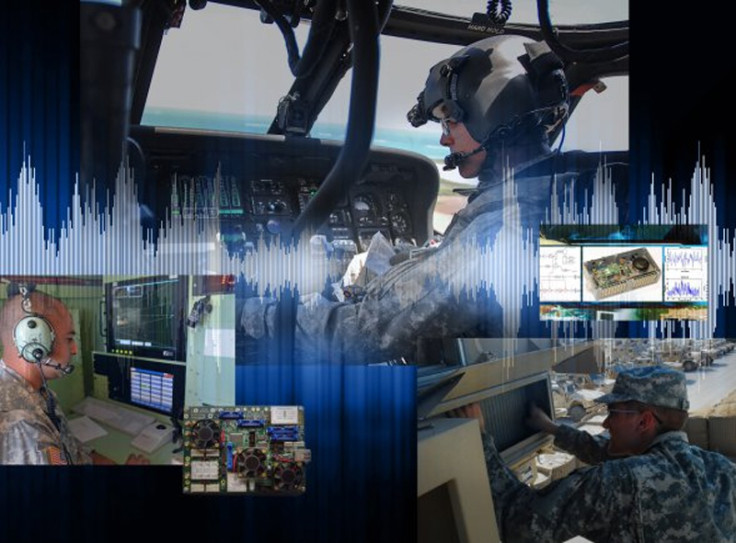US Army building encrypted radar so enemies can't intercept communications

The US Army is now developing a new type of encrypted radar waveform technology to prevent enemies from being able to intercept radar emissions in war zones.
Apparently over the last few years, the US Army has seen an increase in bad radar system performance in contested territories due to congested radio frequencies. While radar enables military commanders to detect enemies, guide missiles and keep an eye on soldiers on a mission, at the same time the army still needs to be able to keep its own radar emissions undercover so as not to alert enemies.
To solve this problem, the US Army Materiel Command's Communications-Electronics Research, Development and Engineering Center (CERDEC) is researching a new tunable, noise-encrypted radar waveform known as Advanced Pulse Compression Noise (APCN) that lets users adjust the performance of the radar to suit their environment.
"Encrypting our radar waveforms limits the likelihood for adversaries to intercept and exploit our emissions. Programming the waveform in real-time takes this capability even further, and ensures operational effectiveness," said Dr Mark Govoni, a research scientist in CERDEC I2WD's Radar Division who established the theory and patented the design for the APCN waveform.
The APCN wareform continually changes, never repeats itself and appears like noise, as well as being extremely difficult to intercept. This makes the user effectively anonymous to radar detectors, which is useful not just to the military but also to the police.
The researchers also want to develop APCN's capabilities in dealing with radio frequency congestion so that one day the radar system would be able to autonomously adapt and diversify its radar emissions in heavily congested areas without needing the soldier to manually tune the system.
"Autonomy can relieve the soldier of unnecessary burden, which then affords more attention for his or her primary tasks. Technologies like waveform diversity and cognition provide exactly that, and are where we're headed with future radar capability," said Govoni.
"There's a growing desire to consolidate systems operating in the electromagnetic spectrum. As a [large[ tenant of this spectrum, radar is an attractive candidate. The kind of technology we're researching here at CERDEC gets us one step closer to real-time coordinated and cooperative operation with other systems. It's a great example of where army technologists are pushing the state-of-the-art."
© Copyright IBTimes 2025. All rights reserved.






















